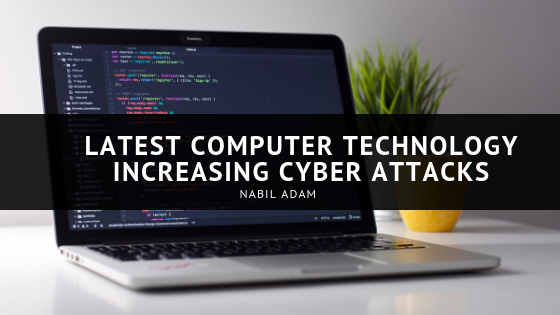As computer technology continues to increase so does the threat of cyber-attacks. There are many methods that cyber-criminals use to steal information and wreak havoc on computers, but the most common forms are malware and computer viruses. Most victims rely on an anti-virus and anti-malware software to protect their computers from the malicious code that cyber-criminals seek to install. It is true that technology consumers have been defending themselves from infectious software for many years, but the increase of reported malicious software has been rising exponentially at an alarming rate since 2014.
A large portion of reported malware attacks has been targeted to mobile devices. Advancements in cellular technology have opened up another door for cyber-criminals to step through by targeting individuals using malware specifically on their smartphones. It is safe to say most people aim to protect their home computers but never think about installing anti-malware protection on their smartphones. This is incredibly important since online banking, emails, bill-pay, and shopping are conducted on smartphones more and more every day. This is the type of information that cyber-criminals seek to gain which can have devastating consequences if obtained.
It has become increasingly difficult for software companies to defend against malicious software as cyber-criminals have found ways to alter malware programs, which can render themselves invisible to popular security software used by consumers. It has been said that cyber-criminals have the ability to create a new malware program as easily as an individual could “edit” a text document. With the birth of each new iteration of these malware programs, cyber-security companies must find ways to defend against these hidden changes creating an ever-evolving landscape of cyber-war.
Technology consumers must seek to educate themselves on the latest cyber threats and stay current with cyber-security programs to ensure safety. Although many businesses continue to thrive recovering computers which have already been infected, it must become more important to protect these devices before the damage has already been done. Shutting down cyber-criminals’ efforts to steal information could help minimize cyber threats simply by changing the “risk versus reward” out of cybercriminals’ favor.
As computer technology continues to move forward at seemingly light speed, technology users can continue to defend themselves against cyber-threats by using the latest cyber-security software and keeping their computers up-to-date.

